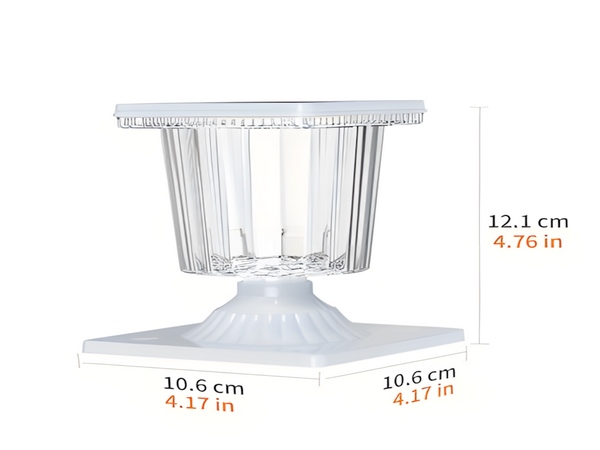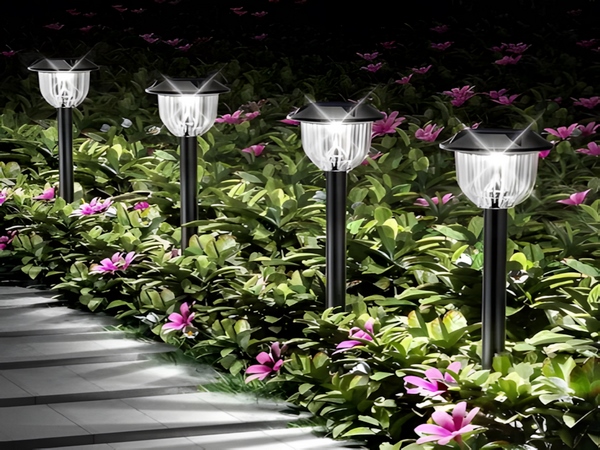
In daily life, we often see solar street lights. Due to their environmentally friendly nature, solar street lights are considered green products. They use solar energy as the power supply for nighttime road lighting, and will illuminate as long as there is sufficient sunlight. However, customers will first consider the light source when purchasing solar street lights, as the quality of the light source directly affects the effectiveness of the solar street light. So, how can we evaluate the quality of the light source in solar street lights? Here are some insights from Century Sunshine Lighting:
1. Check the brightness of the lamp
The power determines brightness; generally, LED lamps with higher power will be much brighter than those with lower power, and the price will also be relatively higher.
2. Understand the lamp’s gel
Ordinary LED lamps typically use epoxy resin for their gel. High-quality LED light sources generally have functions like UV resistance and flame retardants. Lamps with these features tend to be more expensive, leading to fewer high-quality outdoor LED decorations available.
3. Understand the lamp’s wavelength
The wavelength of the lamp determines the color of the emitted light. Products from reputable, qualified manufacturers usually have higher quality, often produced using spectrophotometers to achieve purer colors. LED lights not produced with a spectrophotometer may exhibit inconsistent wavelengths, leading to natural color discrepancies.
4. Understand the lamp’s power supply

Most lamp failures occur due to power supply issues, making the power supply crucial for the lifespan of the entire LED lamp. Manufacturers design different power supplies based on various design requirements, primarily divided into constant current power supplies and constant voltage power supplies.
5. Check the lamp’s anti-static capability
LED light sources with strong anti-static capabilities tend to have a longer lifespan. Typically, LED lamps with anti-static ratings above 700V are suitable for use in LED lighting.
6. Understand the lamp’s heat sink
The appearance of the lamp can determine the effectiveness of the heat sink. If the external or internal construction is made of aluminum, it can effectively balance the thermal effects of the lamp, as temperature influences the lifespan of LED beads. Addressing thermal effects can significantly extend the lifespan of LED lighting.
7. Understand the lamp’s leakage current
LEDs are unidirectional conductive light sources. A reverse current indicates leakage, and severe leakage can shorten the lifespan of the LED and result in a lower price. LED lamps primarily rely on chips for light emission, and different chips have varying prices. For higher quality chips, consider imported products.

8. Check the lamp’s light emission angle
Different LED applications require different light emission angles. Common emission angles on the market are 8°, 15°, 25°, 45°, 60°, 90°, and 120°. Based on the angle, they can be classified as narrow beam, medium beam, and wide beam. For optimal lighting efficiency, narrow beams should be used, but it’s essential to select lamps that meet specific needs.
9. Understand the size of the chip
Measured by side length, larger chip LEDs generally have better quality compared to smaller chip LEDs, resulting in a higher price.
The above methods for evaluating the quality of solar street light sources conclude here. Overall, the quality of the solar street light source directly impacts whether the solar street light can function properly. I hope everyone can learn to identify the quality of LED light sources when choosing solar street lights and avoid being deceived by unscrupulous vendors. Remember to consume rationally.



